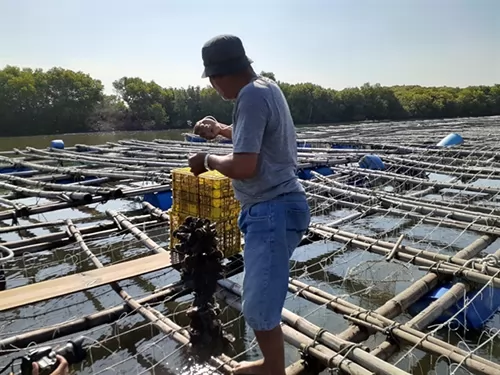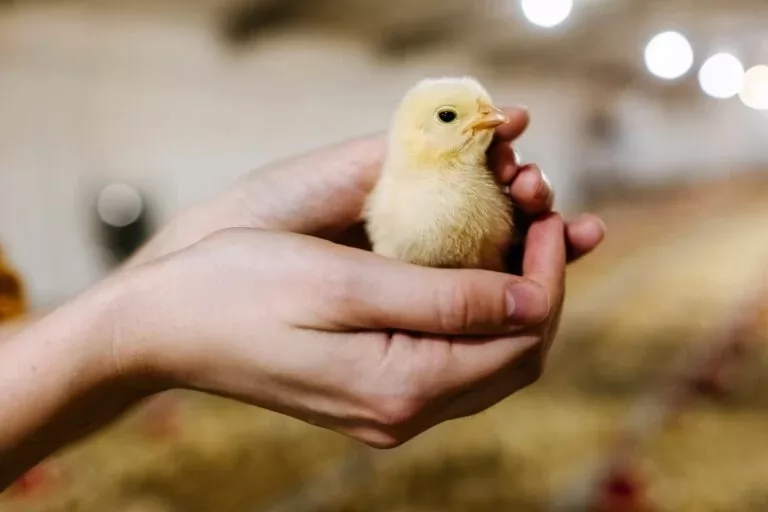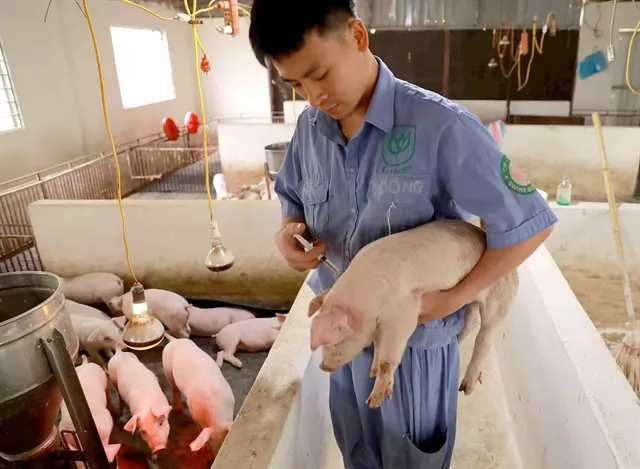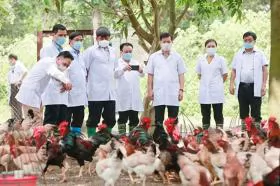Farmers use environmentally friendly substrates to farm Pacific oysters

Pacific oyster breeding cages in Bà Rịa City in Bà Rịa - Vũng Tàu Province. — VNA/VNS Photo Hoàng Nhị
BÀ RỊA – VŨNG TÀU — More farmers in the southern province of Bà Rịa – Vũng Tàu are using oyster shells as hard substrates to raise Pacific oysters to ensure quality and environmental quality.
Previously, most farmers in the province used old tyres or cement sheets as hard substrates to raise Pacific oysters, but these materials caused pollution.
For seven years, Nguyễn Văn Nhất in Vũng Tàu City has used oyster shells as hard substrates to raise Pacific oysters on 1ha in a river.
He staggers the breeding of Pacific oysters so that he can harvest year round, with an average output of 17 tonnes each month.
Besides breeding Pacific oysters for meat, he also produces oyster spats (oyster seeds) for breeding and sells them to other farmers, he said.
He earns about VNĐ2 billion (US$86,500) a year from raising Pacific oysters.
The initial cost of breeding of Pacific oysters with oyster shell substrate is high, but the survival rate is high and buying outlets are stable, according to farmers.
Oyster shells cost VNĐ35,000 ($1.5) per 100. After Pacific oysters are harvested from the shell substrate, the substrate will decompose gradually without causing pollution.
Farmers in the province prefer breeding Pacific oysters over indigenous oysters as the latter depends on natural spats in the wild, so the yield and output are not stable.
In addition, indigenous oysters are harvested after 12-16 months, while Pacific oysters take only five to six months.
To breed Pacific oysters with shell substrates, oyster shells are made into strings, pasteurised and put into Pacific oyster spat nursery tanks.
The oyster spats will attach to the shell strings, which are bred in cages in rivers.
Nguyễn Văn Mãnh, who breeds 100 Pacific oyster cages with oyster shell substrate in Vũng Tàu City’s Long Sơn Commune, said: “Pacific oysters are preferred by consumers and highly valued for their quality.”
He sells 2.5-3 tonnes of Pacific oysters a month and earns a profit of VNĐ100 million ($4,300).
Besides Vũng Tàu City, farmers in Long Điền District have also used oyster shell substrate to breed more than 30ha of Pacific oysters.
Nguyễn Hữu Thi, head of the province's Fisheries Sub-department’s aquaculture management division, said that more farmers had invested in using oyster shell substrate to breed Pacific oysters because it has high potential and is safe.
“The model also helps poor households escape poverty”. — VNS

Oyster shell substrates are put into an Pacific oyster spat nursery tank so that spats will attach to the shell substrates, which are then put into floating cages for breeding Pacific oysters in Vũng Tàu City in Bà Rịa – Vũng Tàu Province. VNA/VNS Photo Hoàng Nhị
Maybe you are interested

Early nutrition research in poultry is speeding up
Shifting market dynamics and the noise around new legislation has propelled Trouw Nutrition's research around early life nutrition in poultry. Today, it continues to be a key area of research.

Animal welfare: Emerging concept and application that needs to be promoted in Việt Nam
Some key aspects of animal welfare include that animals can have freely access to sufficient and good-quality water and feed, he said, adding that animal welfare also refers to freedom of stress and fear and natural behaviours...

Agricultural innovation key to capital's food security
HÀ NỘI — High-value specialty crops and livestock are being developed to meet the increasing consumption needs of domestic consumers, in line with the comparative advantage of each locality, but more needs to be done, Deputy Minister of Agriculture and Ru





